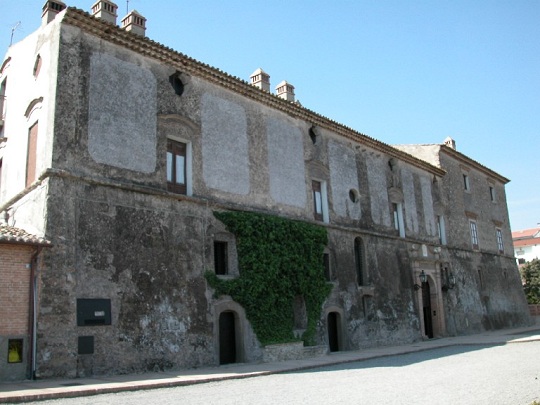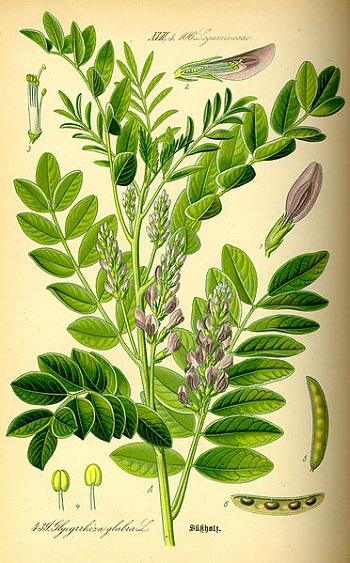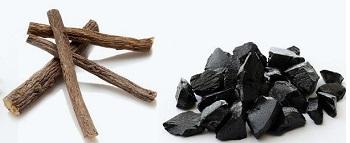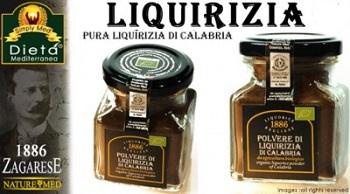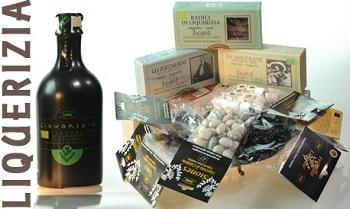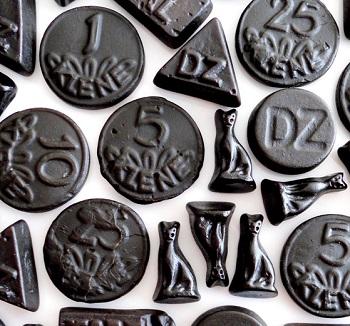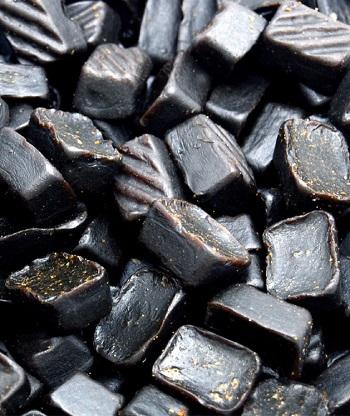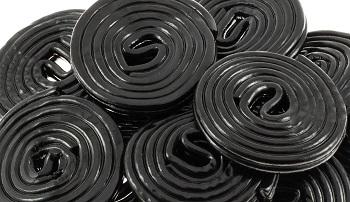|
Underlying everything are three characteristics of this "infesting" plant whose only valuable parts are :
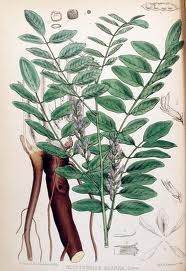 1) The long and thick roots whose flavors are a mix of bitter-sweet. 1) The long and thick roots whose flavors are a mix of bitter-sweet.
2) Its medicinal use to cure throat infections and respiratory apparatus, is traditionally and universally recognized.
3) The fact that under certain climatic and soil conditions, the plant grows luxuriantly without need for human intervention while outside of these conditions its cultivation is impossible or requires attentive care, continuous and extremely expensive.
Like many other raw materials, of animal, vegetable or mineral useful to treat, dye, flavor and preserve, within the large group euro-Asian licorice has a very hold history and traditional uses.
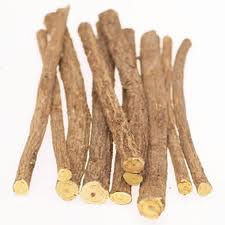 The first and most important tradition is that of the Mediterranean, from where the reputation and uses of this miraculous plant spread in the Islamic world, thanks to the work of Pedanius Dioscorides (Materia Medica), a Greek physician pharmacologist and botanist traveling alongside the Roman legions. The first and most important tradition is that of the Mediterranean, from where the reputation and uses of this miraculous plant spread in the Islamic world, thanks to the work of Pedanius Dioscorides (Materia Medica), a Greek physician pharmacologist and botanist traveling alongside the Roman legions.
In his work the liquorice is indicated precisely as a remedy for sore throat and chest pain.
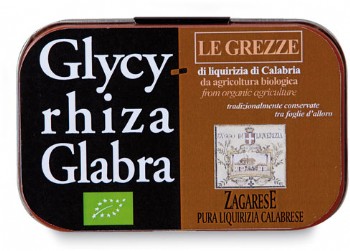 Should be specified that not all liquorice are equal. Should be specified that not all liquorice are equal.
Nineteenth century merchants around the world knew very well that the most valuable from the medical point of view, is the Glycyrrhiza glabra coming mainly from southern Italy and Spain.
The power of licorice to make the taste of drugs, food and beverages more palatable is known from ancient times and has been widely used throughout the Eurasian area. In the Eighteenth century, for example, in the United Kingdom the licorice had been widely used in the brewing of beer, for its coloring and foaming power and as a spice.
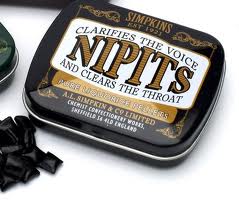 In the United States in the first half of the nineteenth century the problem was instead to make more pleasant a product of enormous success but with some problems of taste, tobacco chewing. In the United States in the first half of the nineteenth century the problem was instead to make more pleasant a product of enormous success but with some problems of taste, tobacco chewing.
Up to the first decades of the twentieth century, in fact, high consumption of tobacco in this country was mainly directed to chewing, almost unknown in Europe.
In the '50s, Americans discovered the anti-inflammatory and soothing properties of the product, and decided to publicize it as "a smoke antidote", able to mitigate the damage of cigars and cigarettes, licorice was also sold in tobacco shops.
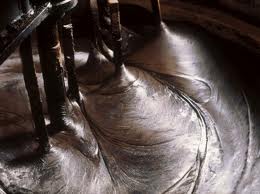 The process of manufacturing liquorice candy has two methods. The process of manufacturing liquorice candy has two methods.
The use of which method depends on the scale the company is to produce.
This means that candy companies that operate on a small production scale use the Corn Starch Molding Process, which is the same process used to make candy corns.
One of such company is 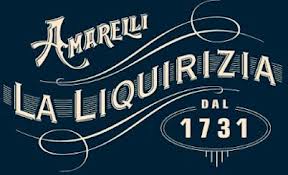 Amarelli in the northern part of Calabria, South Italy on the shores of the Gulf of Taranto in the Ionian Sea. Amarelli in the northern part of Calabria, South Italy on the shores of the Gulf of Taranto in the Ionian Sea.
This is in the sun-drenched high arch of the Italian peninsula's boot and once was part of the Byzantine Empire.
It is the best licorice in the world because it grows in a specific area of Calabria where the earth and the sky do most of the work to create its unique taste,” says Pia Amarelli, who runs the family firm that has been making licorice since 1731.
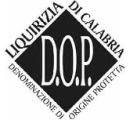 Known throughout the country as “the queen of licorice,” she likes to point out the family motto, part of the coat of arms, is domatur armis, Latin for “conquered only by force of arms.” It's this position of strength that keeps them in the high segment of a globalized market. Known throughout the country as “the queen of licorice,” she likes to point out the family motto, part of the coat of arms, is domatur armis, Latin for “conquered only by force of arms.” It's this position of strength that keeps them in the high segment of a globalized market.
The indomitable Amarelli was the driving force behind Museo della Liquirizia Giorgio Amarelli, an extraordinary museum within a lovely stone mansion owned by the family since the late 15th century.
|



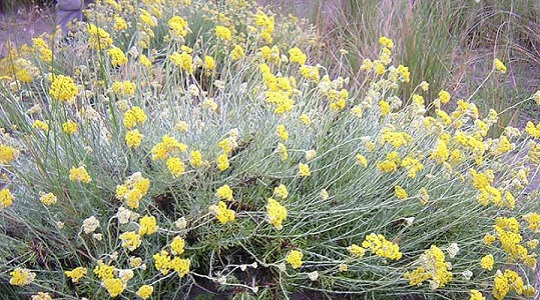



 In the United States in the first half of the nineteenth century the problem was instead to make more pleasant a product of enormous success but with some problems of taste, tobacco chewing.
In the United States in the first half of the nineteenth century the problem was instead to make more pleasant a product of enormous success but with some problems of taste, tobacco chewing.
 Amarelli in the northern part of Calabria, South Italy on the shores of the Gulf of Taranto in the Ionian Sea.
Amarelli in the northern part of Calabria, South Italy on the shores of the Gulf of Taranto in the Ionian Sea.
